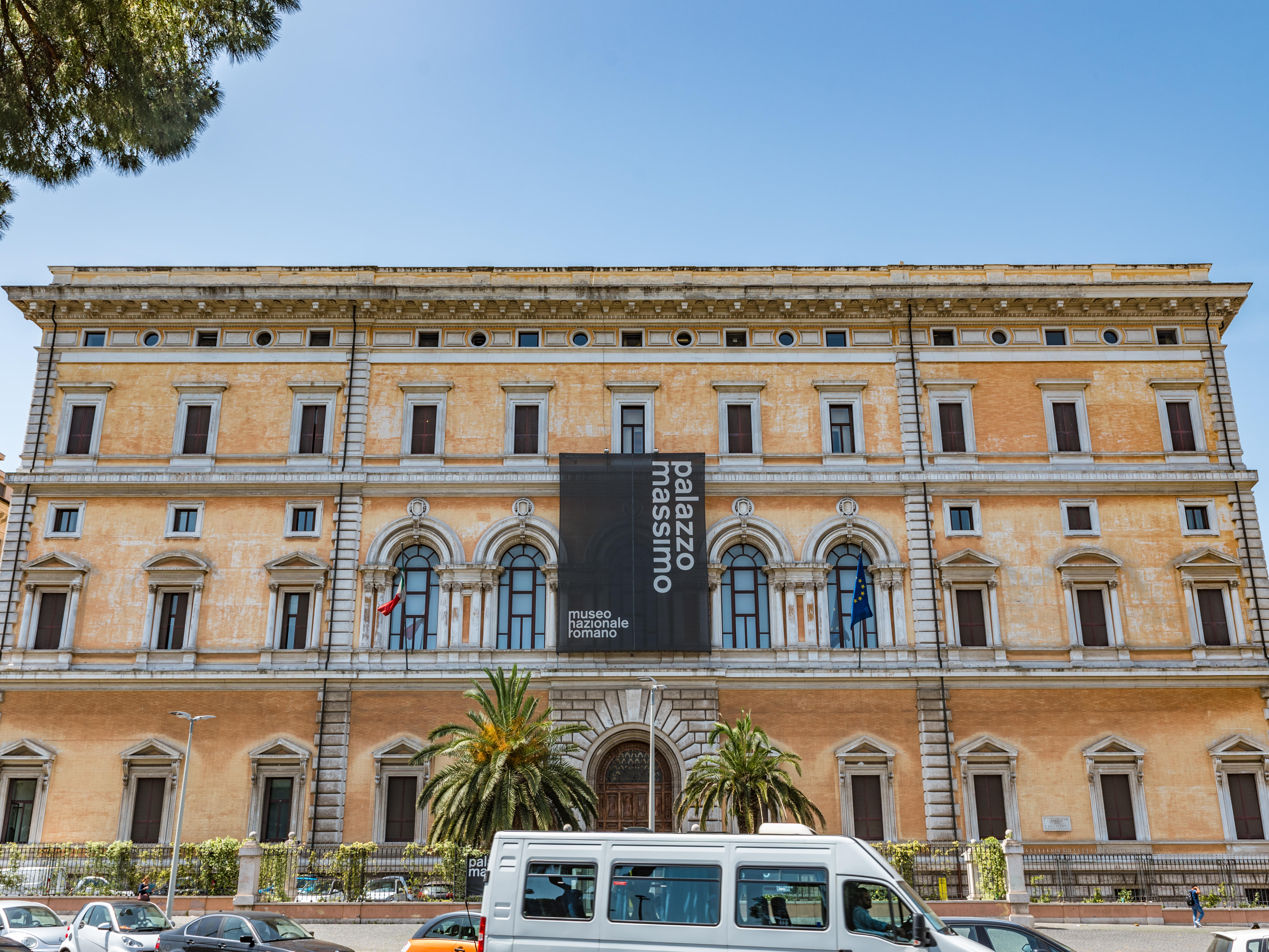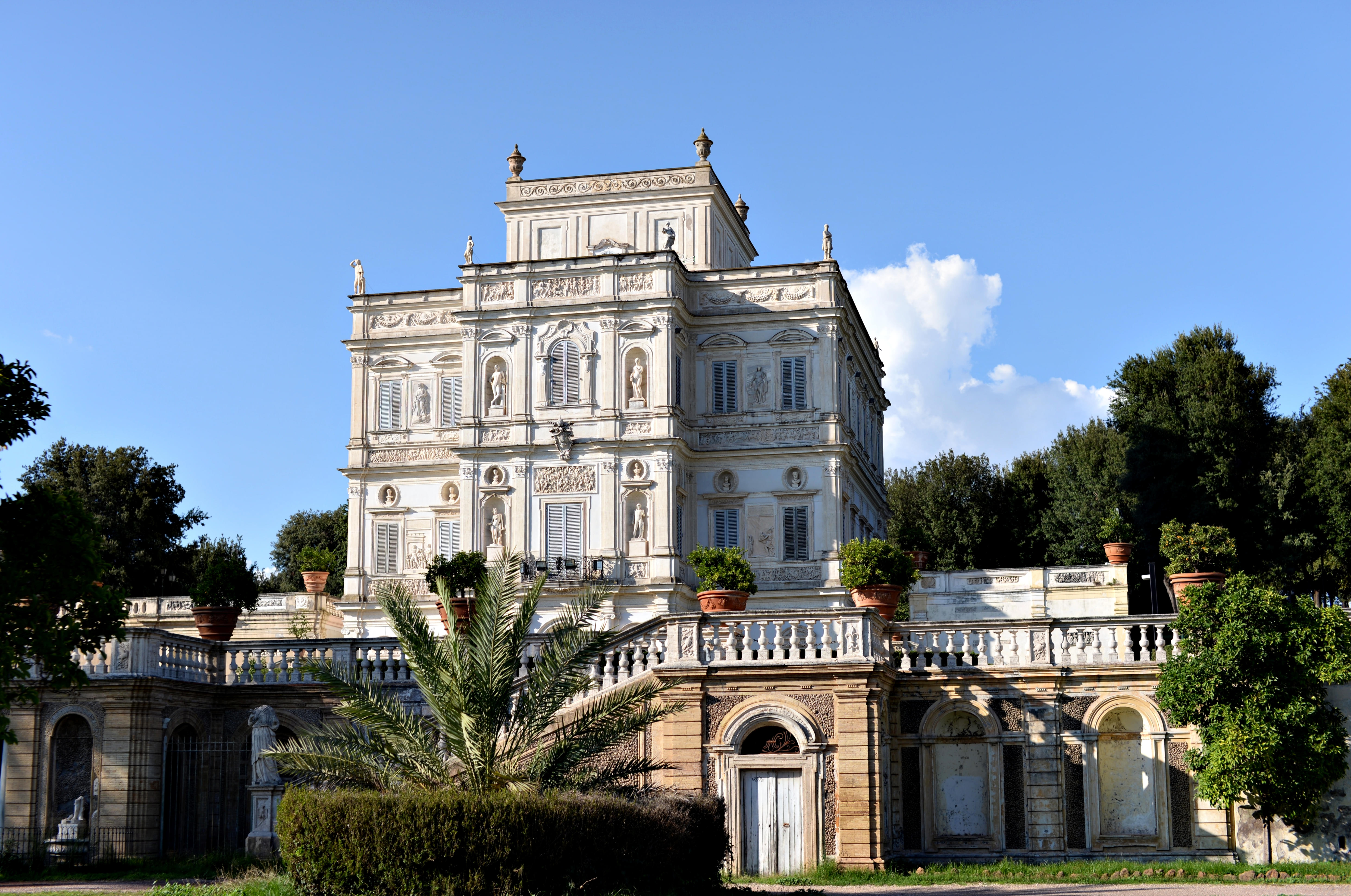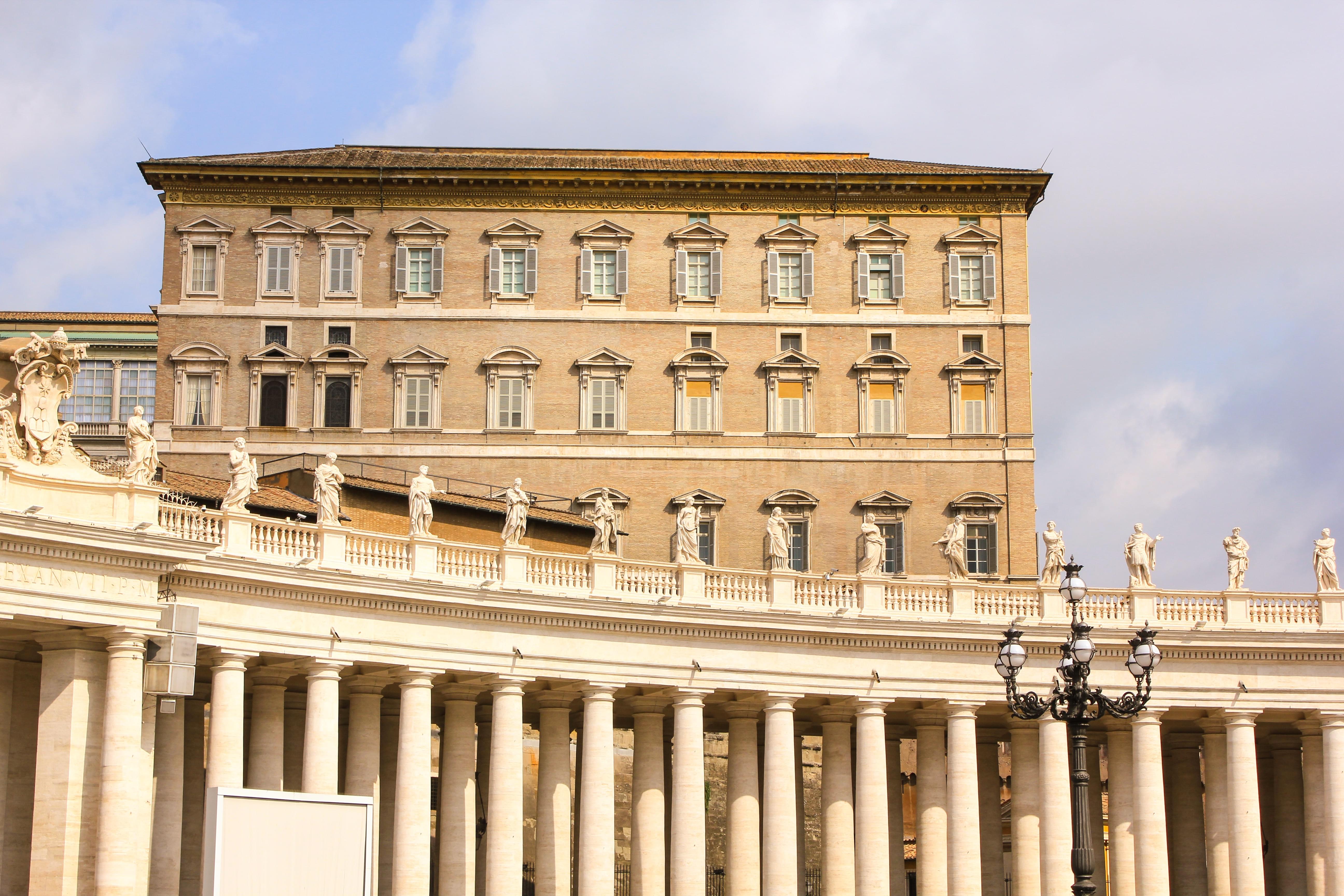About Central Montemartini
The Centrale Montemartini is a museum of archaeology in Rome housed in a former power plant from the early 20th century that displays mostly Classical sculpture. The collection uses significant works of art, some of which are even obscure to the general public. The enormous mosaic of hunting scenes from Santa Bibiana, reconstructs the ancient monumental complexes. It depicts the evolution of the ancient city from the Republican era to the late Imperial age. The original turbines, diesel engines, and enormous steam boiler are still present in the impressive spaces of the Montemartini power plant, most notably the Engine Room, which is furnished in a liberty-style manner. The white marble stands in stark contrast to the grey mass of the engines, creating an intriguing and dramatic background. During your visit, you must explore the Sale Macchine which happens to be one of the most impressive rooms with notable sculptures in the museum. You can also visit the boiler room where you can find sage-green walls with stunning artifacts and statues.
Also Checkout and Book: Boboli Gardens Tickets
Central Montemartini Highlights
• Take a tour of the first thermoelectric plant, Centrale Montemartini that plays with the intriguing contrast between the industrial and classical architecture.
• Get a unique and unexpected experience at the antique mosaics, Roman sculptures, and architectural elements combined with the remaining electric machinery.
• Marvel at the exhibition gallery is separated into four substantial rooms: the Atrium, the Hall of Columns, the Hall of the Machines, and the Boiler Room.
• Witness the magnificent marble and bronze artifacts on display alongside powerful electric gear.
How To Reach Central Montemartini
By Bus: If you are thinking of reaching Centrale Montemartini by bus then you can board bus numbers 23 and 792 from your location. Ostiense/Garbatella happens to be the nearest bus stop where you can get down and continue the remaining distance walking.
By Train: If you are traveling by train, then you can take train numbers FL1 or FL3 and get down at Garbatella which is the nearest railway station.
By Metro: You can also reach Centrale Montemartini by taking metro B from your location to Garbatella or Piramide which are the nearest stops.
Also Checkout: Places To Visit In Rome
Best Time To Visit Central Montemartini
The best time to visit Centrale Montemartini would be during the weekdays instead of the weekends. The weekends are usually crowded as loads of visitors flock to the attractions and you would not be able to explore the points of interest to the fullest.
Read More: Day Trips From Rome
Central Montemartini Other Essential Information
Two elevators provide access to Centrale Montemartini: one from the ground floor in the Columned Hall connects the Boiler Room and Meeting Hall to the atrium, and the other from the ground floor in the atrium connects the ground floor to Machine Hall.
The museum might offer wheelchairs to anyone who has trouble walking.
Teachers and their students can also access teacher meetings, learning projects, and other resources at the museum.
Check the museum website before your visit to discover more about the many exhibitions, specific services, scheduled events, and educational programs held by the museum.
Recommended Read: Museums In Florence
From myth to miracle
From Myth to Miracle is yet one of the most sought-after attractions in the Centrale Montemartini that displays a few Roman sarcophagi preserved in the museum's deposits. These routes were frequently employed to elaborate the quality of the late ones, more frequently, to indicate contentment after death through a calm and joyful resurrection. The purpose is to entreat the evocation of a peaceful and cheerful environment in order to hint at the happiness of the afterlife.
Suggested Read: Rome Monuments
Domus of Villa Rivaldi
A lavish and sizable private dwelling that was constructed in the middle of the first century AD and reconstructed between the middle of the second and the first half of the third century. It was discovered in the garden of Villa Rivaldi during the excavations for the opening of Via dei Fori Imperiali. A.D. This period is heavily referenced in the sculpture ornamentation, which includes a gallery of portraits of emperors, empresses, and prominent figures. They reflect the status of the home's owner as well as exquisite Roman copies and reworkings of Greek originals.
Recommended Read: Things To Do In Rome
Horti Liciniani
A massive nymphaeum called the cd still stands as part of this opulent house of the emperor Licinius Gallienus not far from Termini Station. At Minerva Medica Temple there were other interesting sculptures that had been reused inside, including two magistrates who began the circus competitions. These two magistrates may represent Quinto Aurelio Simmaco and his son Memmio Simmaco, two important individuals in late fourth-century Rome. A.D. During your visit, you will come across the sizable polychrome mosaic of wild animals like bears, wild boar, and gazelles captured for circus performances.
You Can Checkout Great Discounts On Uffizi Gallery Tickets
Horti Sallustiani
The apartment building was once held by Caesar, the historian Sallust, and his nephew until merging in 20 AD. It was built on three sizable terraces within the imperial state land, close to the present-day Ludovisi neighborhood. The elaborate decorative apparatus's remnants can be found in a number of Italian and international museums.
High-quality original Greek sculptures from Templar structures are on display, along with friezes from the early Augustan period that feature acanthus spirals and sphinxes. These artifacts, along with a fragment of a massive statue of Apollo, refer to Augustus' victory at Actius over Cleopatra (and Antonio) and Egypt.
Read More: Churches In Rome
Domus di Via Cavour
At the intersection of Via Cavour and Via di S, during Metro construction in 1940, a discovery was made. Maria Maggiore, depicts a few spaces in a Hadrianic-era Roman home. Four significant sculptures were discovered, already restored in antiquity, in the entrance and the spacious hall with a marble floor. They include two statues of Pothos, nostalgically in love for a distant person, a resting satyr, and a valiant Roman general in nappy.
Checkout Available Offers on Accademia Gallery Tickets
Tourism Board Alliances
Centrale Montemartini Rome FAQs
What are the best attractions in Italy that I can book via Thrillophilia?
Here is The list of some top attractions in Italy that you can book via Thrillophilia:







